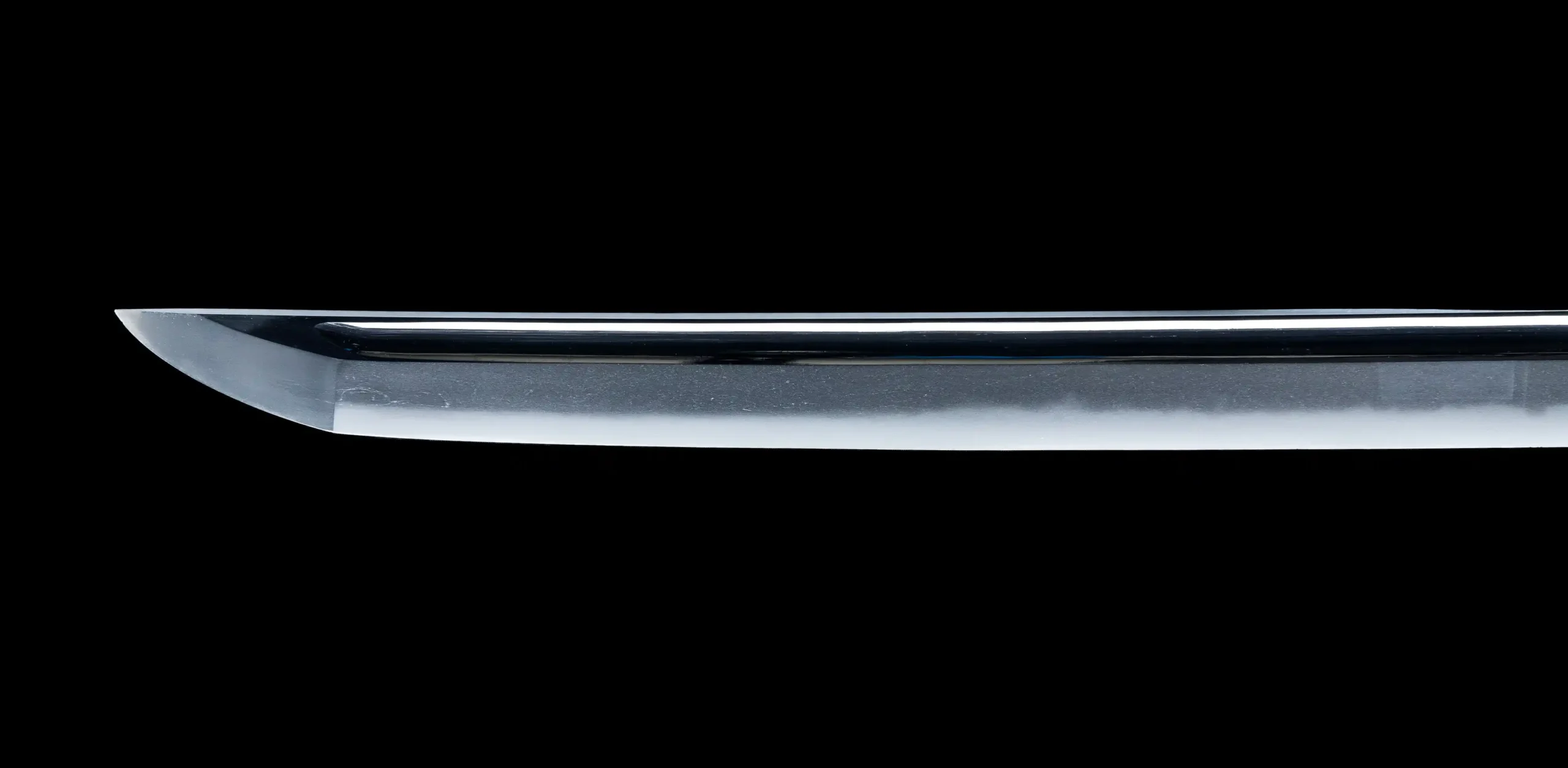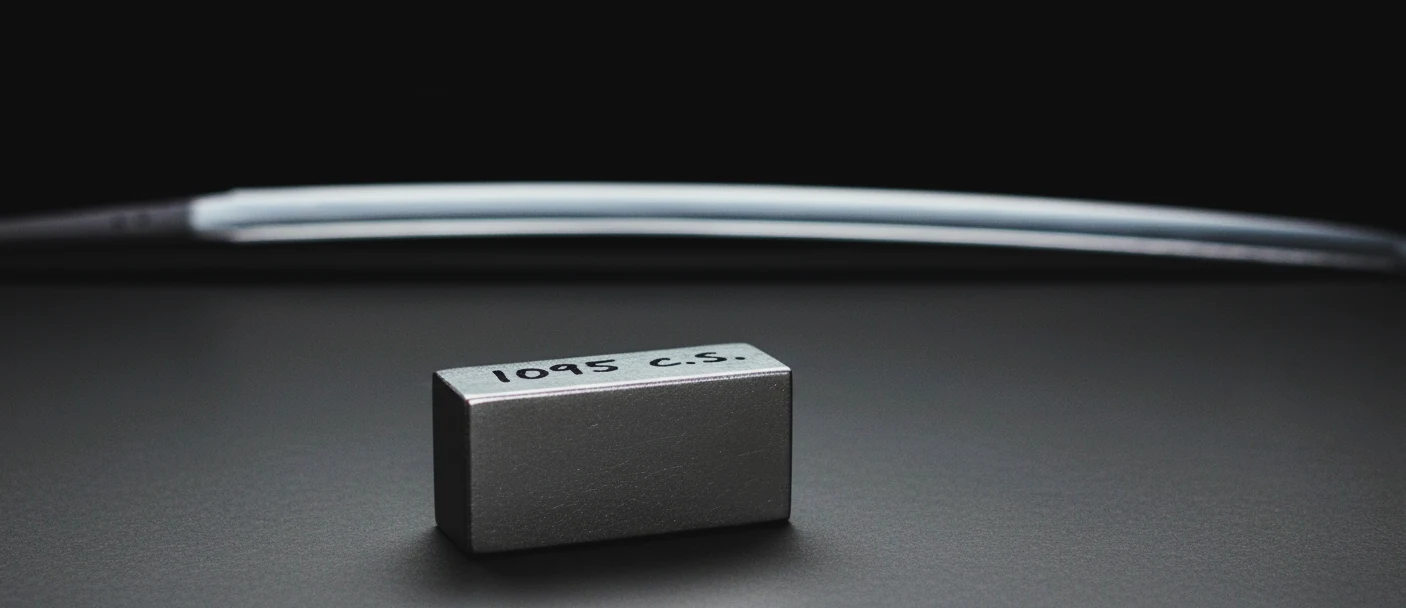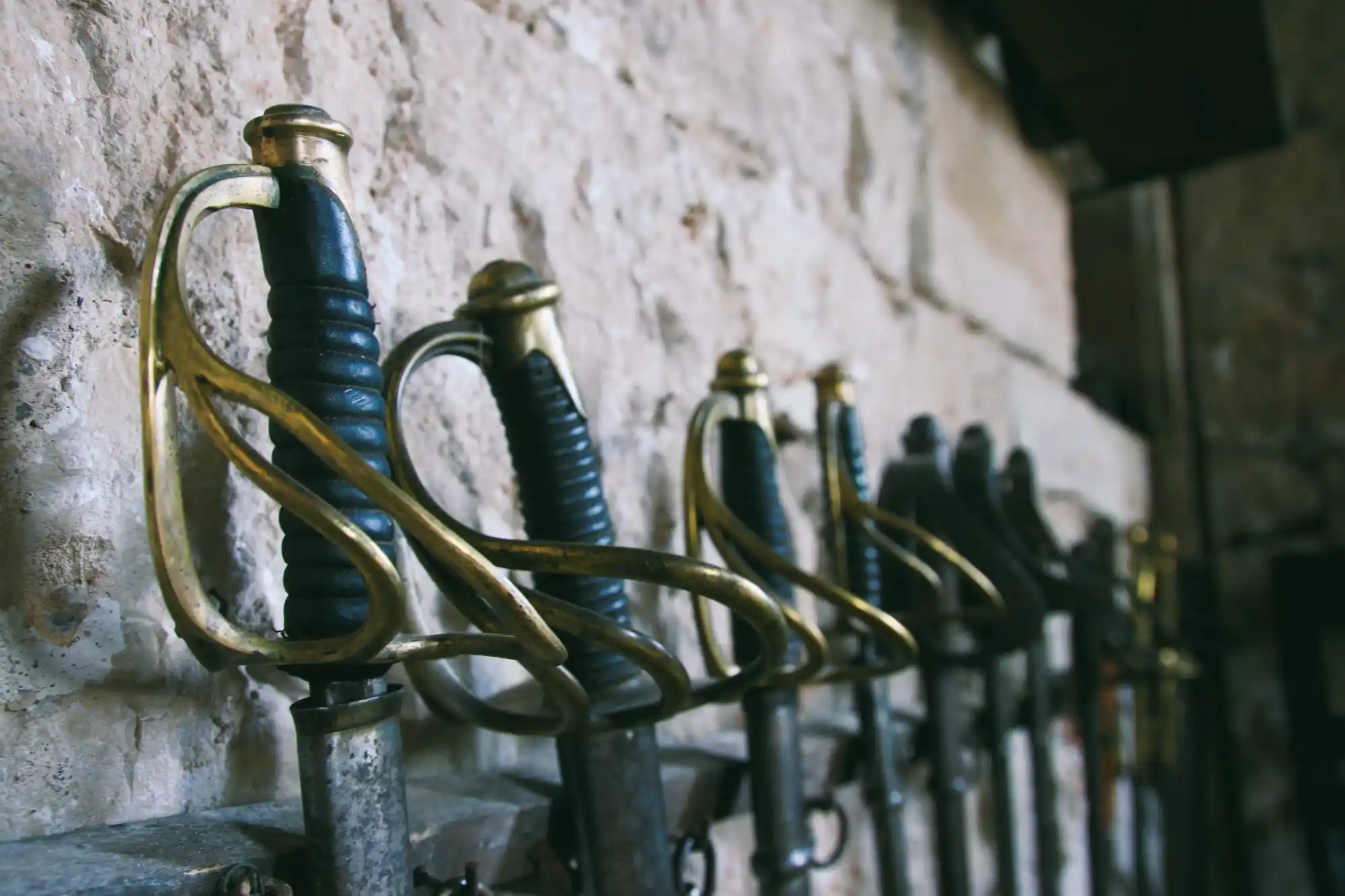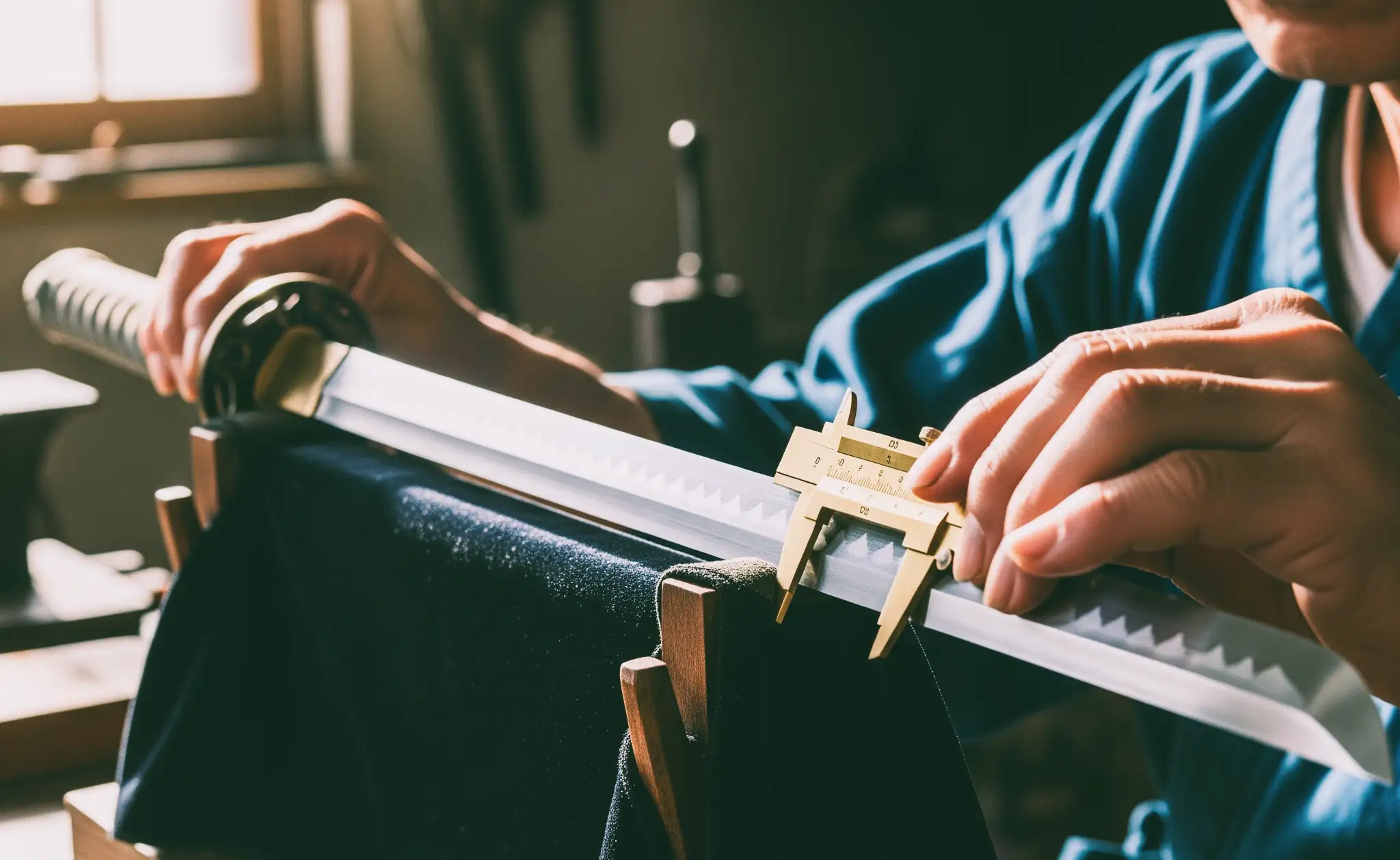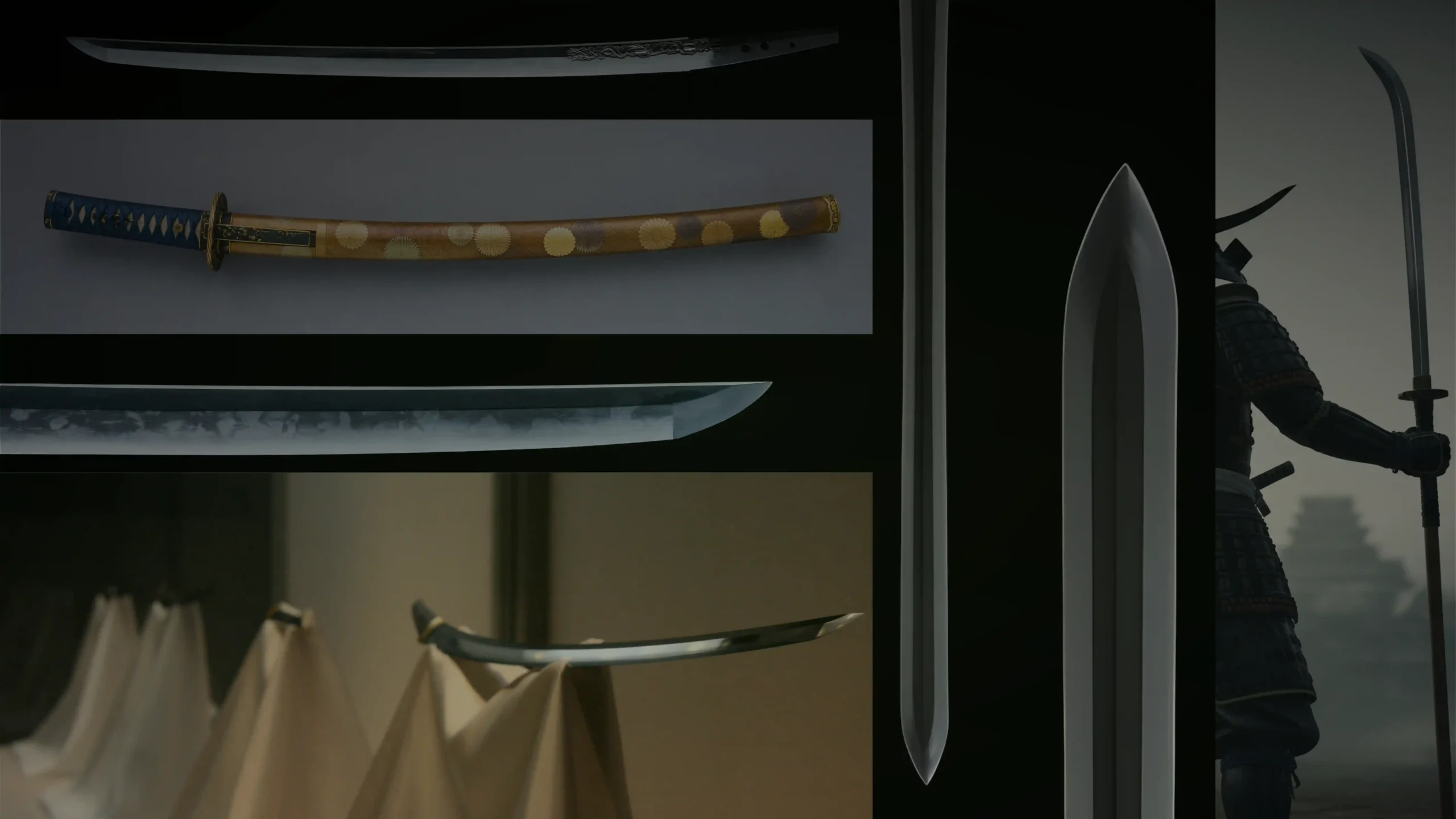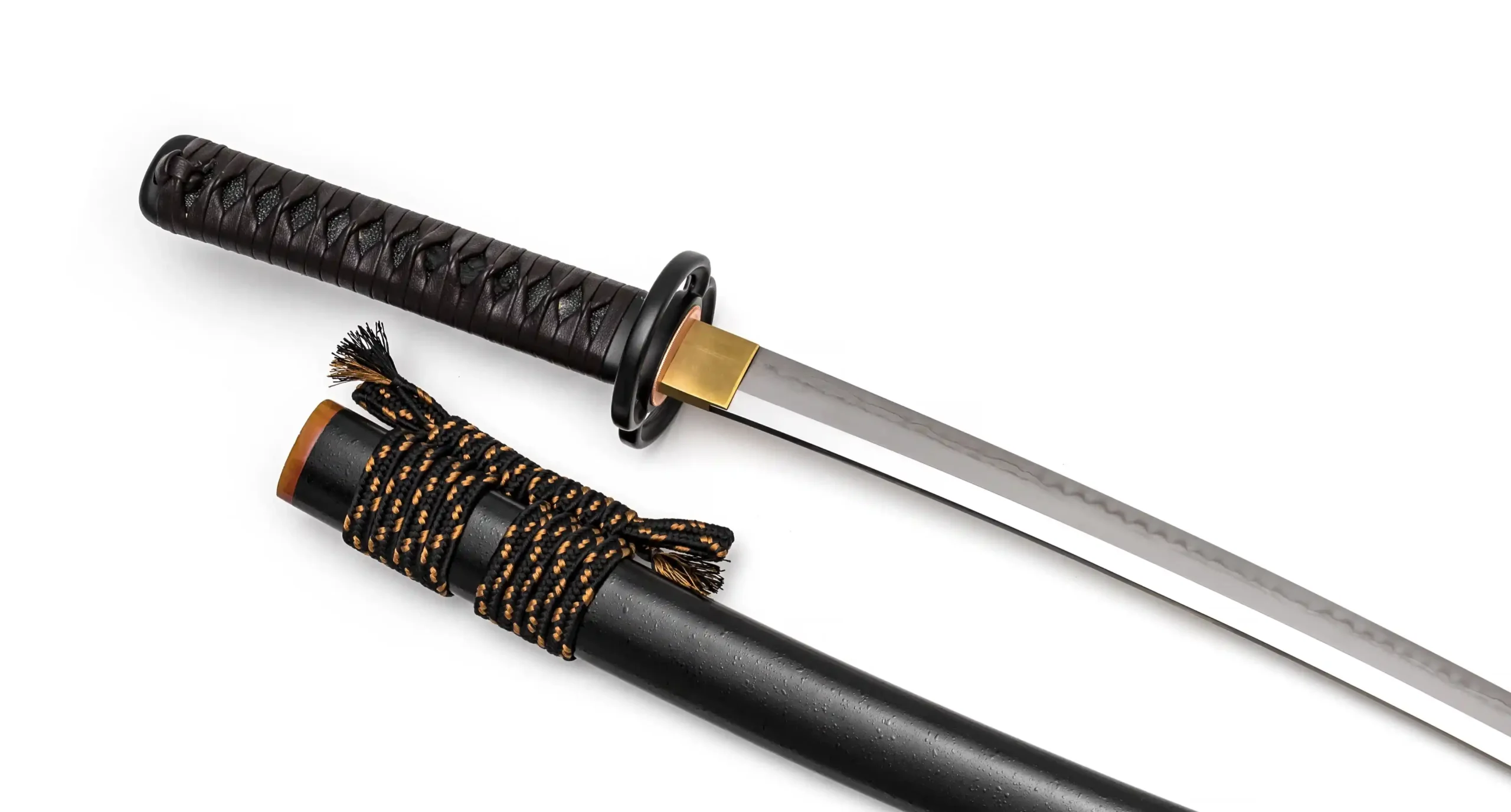We may earn revenue from the products available on this page and participate in affiliate programs. Learn more >
The katana is probably the most iconic Japanese sword, but it took a long time for such a weapon to be developed. Earlier, there were a number of swords in use, and one of them was the chokuto.
In fact, this Japanese sword type was used much earlier, even before the samurai class appeared. Modern replicas of the katana vs chokuto share many similarities, making it hard to tell them apart, but the historical versions were quite different.
In this article, we will compare their designs, uses, and historical significance to understand how these iconic swords differ from each other.
Historical Background
| Feature | Chokuto | Katana |
| Period | Kofun (300–538 AC) | Kamakura (1185-1333 AC) |
| Blade | Single edged – Straight | Single edged – Curved |
| Handle | One-handed | Two-handed |
| Overall Length | 80-105 cm (31-41 in) | 90-110 cm (35-43 in) |
| Design | Simple | Elaborate |
| Used by | Early Japanese warriors | Samurai class |
The chokuto emerged during the Kofun period (around 300 to 538 CE) as one of Japan’s earliest swords. Its basic design likely originated from earlier swords from China or Korea. This era marked significant developments in Japanese martial culture and metalworking techniques. It was primarily used by infantry and foot soldiers, who relied on it for stabbing or slashing at their enemies during combat.
As Japan moved into the Nara period (710-794 CE) and then the Heian period (794-1185 CE), sword-making techniques continued to advance. While it was still used in some capacity, it gradually fell out of favor as new sword types emerged.
The katana was developed around 1185-1333 AC which is known as the late Kamakura period and became widely popular during the Muromachi period (1336-1573 AC). It gained prominence due to its suitability for the evolving combat techniques of the samurai, particularly its effectiveness in close-quarters combat. Its design allowed for quick drawing and cutting, making it the best samurai sword, the weapon of choice, and a symbol of their status.
Design and Characteristics (Historical)
Chokuto
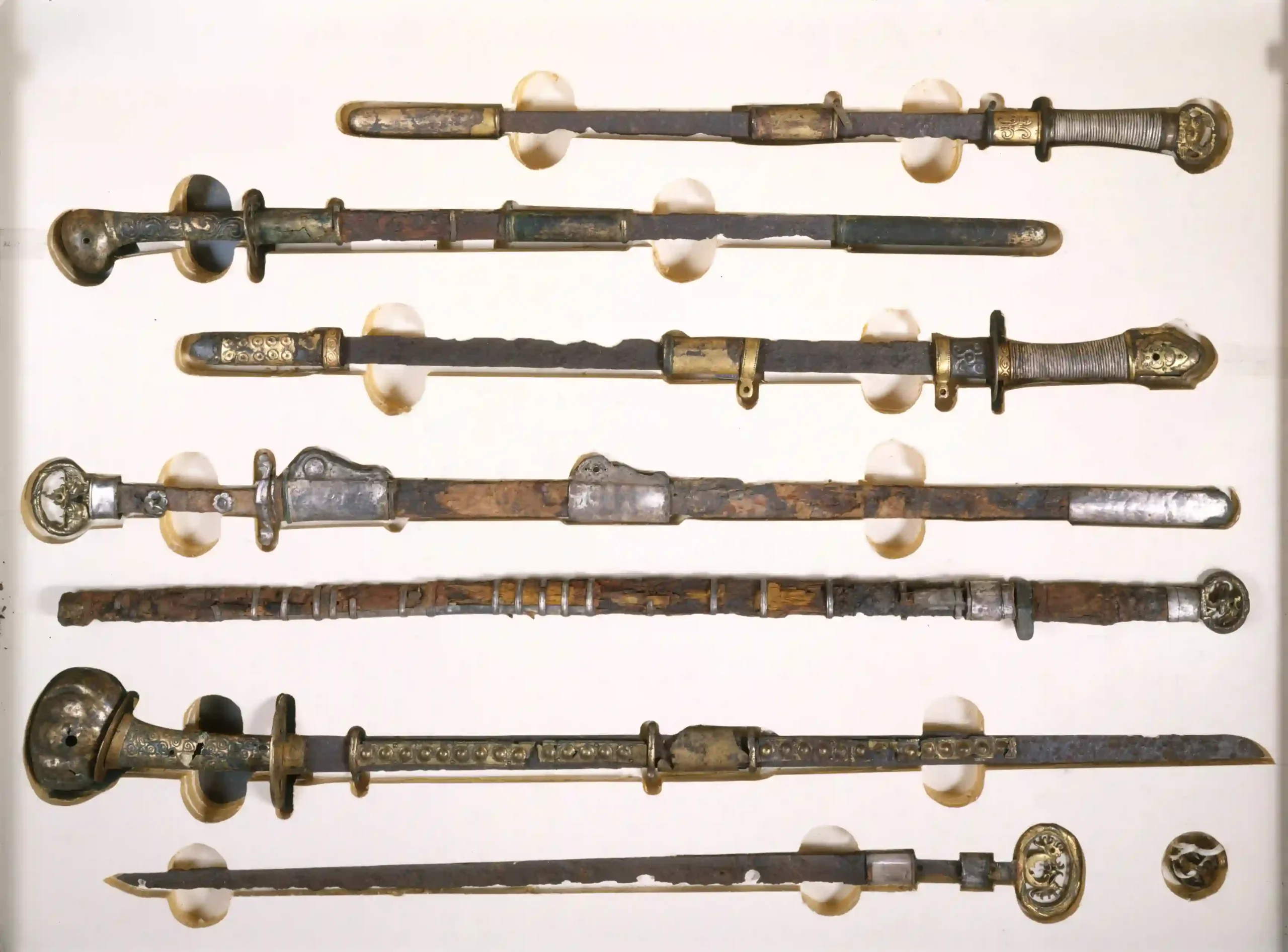
The most distinctive characteristic of a chokuto sword is its straight blade. The blade was around 55-75 cm (22-30 in) in length, which is shorter than katanas and forged using techniques of the time but not advanced. Historical types were typically used with one hand and included a pommel and guard to ensure a secure grip.
While it was used for both battle and ceremonial purposes, details might vary slightly depending on its intended use. Ceremonials were often more refined in appearance than battle-ready chokutos. For higher-ranking warriors, they could have both.
However, they were generally simpler than katanas or other samurai swords, but more elaborate than ninjatos, which were another type of straight-bladed Japanese sword. The straight design features a single-edged sharp blade, a pointed tip, and a full tang construction.
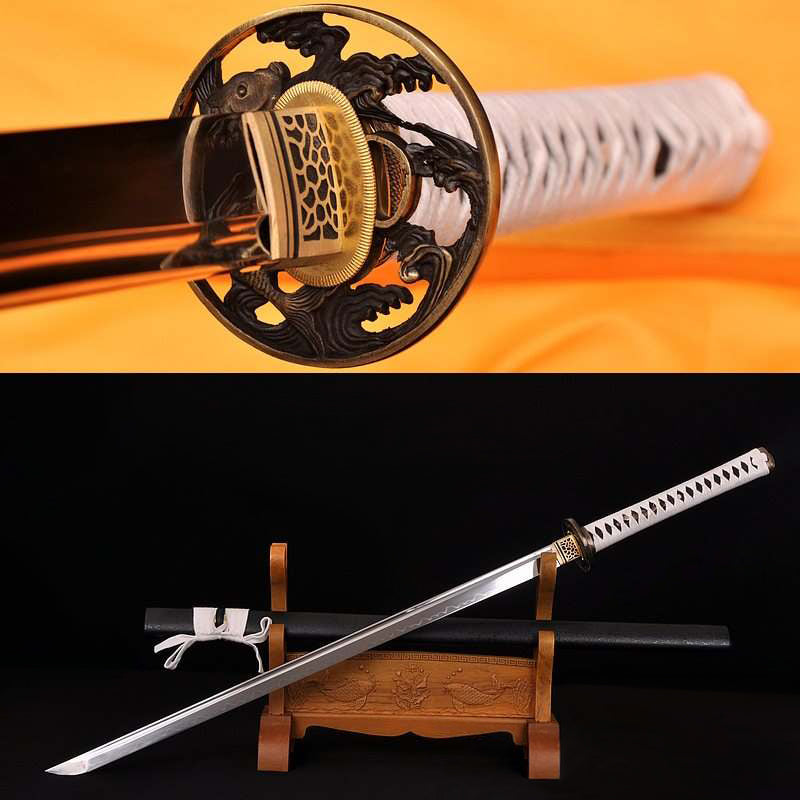
Katana

A katana is a Japanese sword with the following characteristics: single-edged, curved, razor-sharp, and a hilt designed for two-handed use. It features a full tang construction and is secured with mekugi pegs.
Unlike many other swords, it does’t include a pommel. The tsuba is highly decorated, yet functional. A key feature of authentic katanas is the natural hammon, which gives it a unique appearance.
Unlike other Japanese swords, making a samurai sword took a long time, as every detail had to be perfect.
Summary: Chokutos are straight, shorter, and feature minimal details. They were made with simpler techniques and were quicker to produce. Katanas, on the other hand feature more intricate designs, curved blades, and are crafted from premium tamahagane steel, which takes more time and involves a more complex process.
Usage
The chokuto was primarily used in one-on-one combat and close-quarter scenarios. It was a straightforward weapon, often wielded on foot, focusing on quick, direct thrusts and cuts. I would say that it’s more effective for thrusting because of its straight blade.
In contrast, the katana was a more versatile weapon, commonly used both on foot and horseback (tachi). It excelled in cutting and slashing, while it was effective for thrusting but to a lesser extent.
It was a primary choice for samurai in battles and ceremonial contexts, where its craftsmanship and effectiveness were highly valued.
In modern times, they are commonly used in martial arts like dojo, home defense and as prized collector’s items or decorative displays.
Difference in Forging
As mentioned, an authentic katana is forged from tamahagane, which is made from iron sand and refined using the highest techniques. To achieve this, skilled swordsmiths followed a meticulous and time-consuming process to create a blade of exceptional quality.
The forging process involved heating, folding it repeatedly, and shaping it into a blade. After forging, the sharpening process was entrusted to another highly skilled polisher that is different from who forged. This step-by-step process involved using a series of whetstones, starting with rough stones to refine the blade’s shape and finishing with finer stones for a razor-sharp edge and polished surface.
In the end, all these efforts came together to create a katana that was not just a weapon, but a symbol of status and craftsmanship.
The chokuto, by contrast, were much simpler. They were made using the basic techniques available at the time and prioritizing functionality over complexity.
Modern Replicas
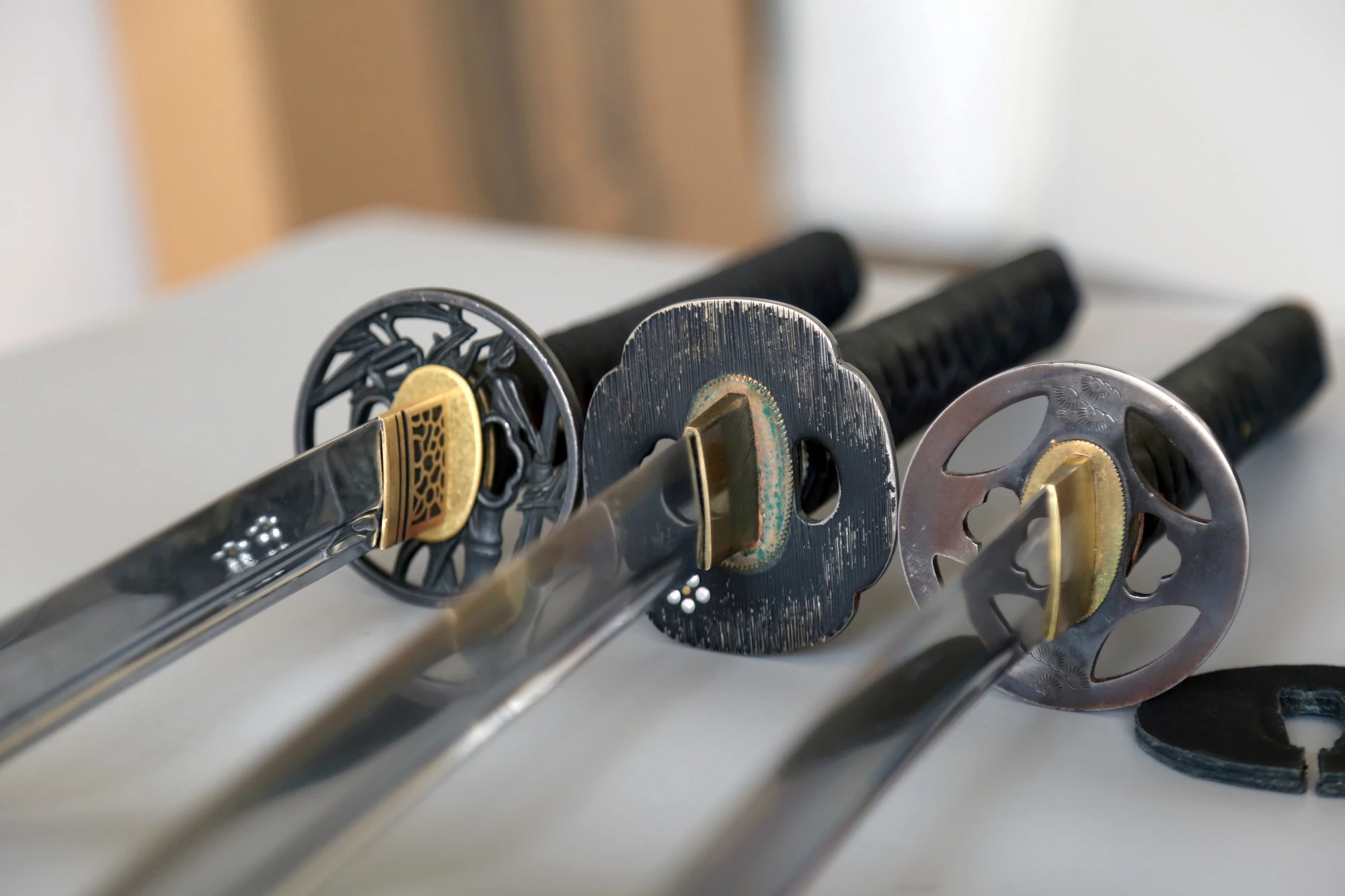
While functional katanas come in a wide variety of designs, often closely replicating their historical counterparts, chokuto replicas generally are less accurate to the original examples or more exactly they look like katanas with a straight blade. Same as the image we have linked above.
They feature more elaborate designs, often blending with samurai swords including, similar tsuba, handles, fittings etc.., with the classic straight blade.
As for the material used to make the blade there is a variety of steels, including stainless steel, modern alloys or different high carbon steels. If you’re considering adding one to your collection, be sure to choose the material that best suits your purpose.
Recently, many retailers have also begun offering more customization options, allowing you to create custom Japanese swords(including chokutos), custom katanas, or even personalized European swords tailored to your specific preferences and needs.
Last Words
In summary, both swords offer unique qualities that highlight different aspects of Japanese craftsmanship in different periods. One is straightforward and efficient, reflecting simplicity, while the other is more intricate, showcasing refined elegance and a complex forging process. Each has its own place in Japan’s rich martial history, making the choice between them a matter of personal preference.
If you’re interested in exploring one of the longest swords in Japanese history, you might want to look into the katana vs nodachi comparison, where size and battlefield roles bring even more depth to the discussion.
Want to see more comparisons?

